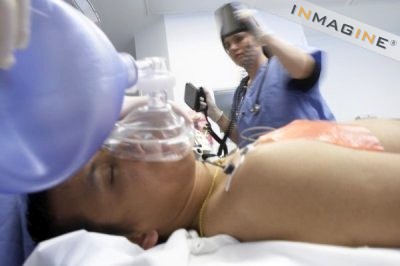|
Diabetic Coma Types and Prevention
Ketoacidosis is a very serious complication, occuring when the blood sugars are extremely high. When there is not enough insulin in the system, the body is going to fight by breaking down the fat cells for energy. The system then is overcome with ketoacids, which are metabolic by-products. The kidneys will then fight back by filtering very large amounts of sugar from the blood, which in turn, makes large amounts of urine. With urination very frequent, you become dehydrated and lose potassium and electrolytes. This causes a diabetic coma state, and can quickly lead to death.
Preventing these conditions to begin with, requires keeping blood glucose levels at a reasonable level. Your sick day management plan should be followed closely with any illness. Hypoglycemia can also lead to coma when the blood sugar becomes critically low. Always keep glucagon on hand which is an injectable you can get from your doctor. This kit comes with a syringe containing a vial of an inert solution, which is crystallized. Included are a set of instructions so that potential users can act upon an emergency if needed. Even after recovery from severe hypoglycemia, you should eat something and monitor blood glucose, ensuring no more problems.
|





